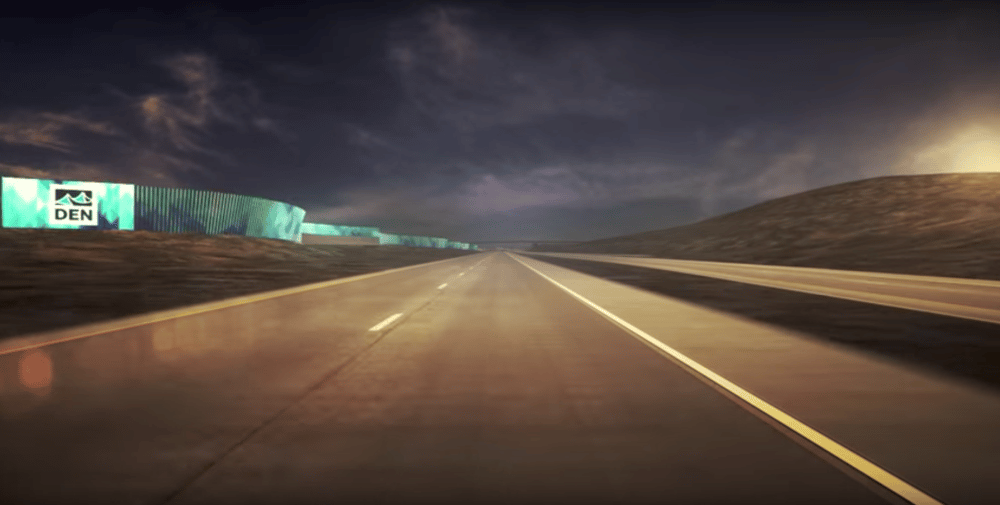
Update: Denver City Council approved this contract change on Oct. 16 with one no vote by Councilman Rafael Espinoza.
Officials at Denver International Airport are asking permission to nearly double their spending to $15 million for the "improved and technologically advanced" sign that will eventually stand along 1,000 feet of Peña Boulevard.
The sign, which is already under construction, will be made up of hundreds of programmable light poles and will be "truly magnificent and iconic," as one airport executive described it last year.
But the potential cost to the city has increased because of "regulatory challenges" that are ruining the financial plan for the sign, according to city officials. They still expect to make the full cost back by selling advertising on the huge sign, but they need a lot more money for the project right now.
Originally, DIA planned to split the cost of the installation with the company Panasonic, which is building the gigantic ribbon of light.
Back in December, the Denver City Council approved a deal that would have the city pay $7 million, while Panasonic would pay $4.5 million. Once it was built, both parties would eventually make their money back by selling advertising, according to the proposal.
Apparently, that's not allowed.
The planners discovered that portions of Peña are part of the federal highway system, at least according to certain maps. That federal designation comes with restrictions on commercial signs -- and that means trouble for the deal with Panasonic.
Airport staff believe this may be due to a mistake in federal maps, saying there were "discrepancies" in the documents, but the project is already under construction, so they need to rearrange the finances now to comply with the newly discovered restrictions.
The airport now is requesting permission from the city government to take on the full cost itself, paying a total of $14.5 million to Panasonic to build the sign.
Under the new deal, the airport would receive all of the advertising money, since it's taking on all of the construction costs. That money is expected to repay the cost of the sign within 10 years, according to airport staff.
Panasonic will be responsible for operations and maintenance through 2032; since they're not getting revenue from the sign, the city would pay them more upfront to take on those duties.
Heath Montgomery, airport spokesperson, wrote in an email that the new deal would give the airport the flexibility to use more of the sign space "to highlight amenities and services at the airport."
The request for extra funding next goes to the Denver City Council's committee for business, arts, workforce and aeronautical services. It will require full council approval.
"We are very excited about this new airport welcome sign, which will be a state-of-the-art, signature entrance point to the airport that will greet tens of millions of passengers each year. It will also provide the airport with a new tool for communicating public announcements, welcome announcements and emergency messages," Montgomery wrote.
Meanwhile, the airport is trying to "clarify" that the portion of Peña east of E-470 actually is private airport property, and not part of the national highway system.
Doing that could pave the way for commercial development along the road, according to Montgomery.











